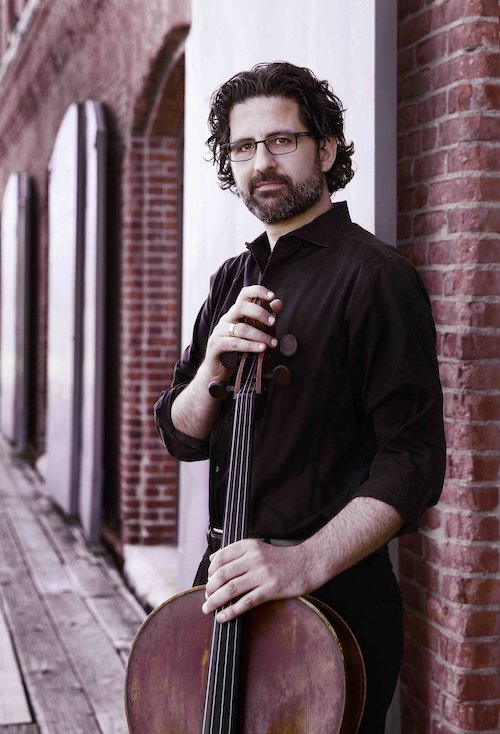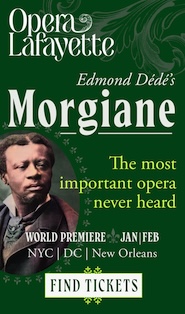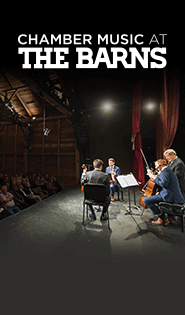Fairfax Symphony debuts classical music at Capital One Hall in rough and ready season opener

Amit Peled performed Saint-Saens’ Cello Concerto No. 1 with the Fairfax Symphony Orchestra conducted by Christopher Zimmerman Saturday night at the Capital One Hall in Tyson. Photo: Lisa Marie Mazzucco
The Washington area has a new venue for classical music. The sleek and modern Capital One Hall is nestled in the triangle marked off by the beltway, the Dulles Toll Road, and Route 123 in Tysons, Virginia. On Saturday night the Fairfax Symphony Orchestra, returning to live performance for the first time since the start of the pandemic, christened the venue’s main auditorium, a 1600-seat hall that will host Broadway productions, comedy, and concerts by local groups including the National Philharmonic and the Virginia Chamber Orchestra.
Access by car was easy, with ample parking, and the McLean Metro station on the new Silver Line is a short distance away. Although it was like a ghost town at street level, on the rooftop of the complex is an open-air green space called The Perch. In the hours before the performance it was bustling with people, eating and drinking at two restaurants, listening to live music in an amphitheater space, and letting children run around, all eleven floors above the ground.
Conductor Christopher Zimmerman described the program as centered on rhythm and dance, works of music celebrating the return to something like normal after a year and a half of online listening. Audience size was limited to allow social distancing, and proof of Covid vaccination was required to enter the building. The audience sang along with the traditional season-opening rendition of the national anthem, the sound invariably muffled by their masks.
The opening work, Suite No. 1 from Manuel de Falla’s ballet The Three-Cornered Hat, had a solid trumpet fanfare in the “Introduction.” The dance rhythms of the other four movements were not always ideally coordinated, but Zimmerman’s crisp gestures kept the ensemble on track. The string sound was often quite thin, among the violins and especially the violas, but there were fine solos from bassoon, flute, and oboe.
Balances fared better in the Cello Concerto No. 1 by Camille Saint-Saëns, with Zimmerman helping to craft a cozy envelope of sound for his soloist, Amit Peled. The cellist projected his sound clearly in the opening salvos of the first section, with a creamy tone on the lyrical passages high on the A string and fierce double-stops.
The strings danced delicately in their serenade introduction to the second section, with Peled soaring on a dulcet legato, adding resonant bass notes in the transition to the finale. At a breakneck tempo managed skilfully by Zimmerman, Peled rocketed through the tricky sixteenth-note licks, adding a mournful poignancy to the lament sections. Minor weaknesses appeared here and there in the accompaniment, but overall this was a powerful rendition.
At the start of the second half, Zimmerman introduced a piece not on the program. He took the piano part in his own arrangement of the Geistliches Lied of Johannes Brahms, with four principal string players taking the choral parts of this gorgeous motet (“Laß dich nur nichts nicht dauren mit Trauren”). Dedicating this lovely prayer to the 700,000 victims of the pandemic, Zimmerman asked for silence at its conclusion, creating a quasi-liturgical moment.
It was a bit of a shock to shift gears then into Beethoven’s Seventh Symphony, the work Wagner labeled “the Apotheosis of the Dance” for its “blissful insolence of joy.” Zimmerman aimed for quick pacing, which his players could accommodate for the most part, with some imprecision in the first movement in the strings and flute. The entrances by the French horn were hit and miss. The high point was the second movement, a crisply marshaled funeral march with expressive phrasing.
The rambunctious third movement had better coordination across the orchestra, including much more reliable horn playing in the pastoral Trio. Zimmerman’s tempo for the exuberant finale was overly optimistic perhaps, but in spite of some shortcomings the ensemble held on valiantly.
The acoustic of this new auditorium is quite clear without being truly warm, so that the solo cello carried well without being clothed as it would be in a more resonant space. This left a sense of distance between the players, on a proscenium stage with a shell wall behind them, and the listener. Like most multi-use spaces, it is likely generally suitable for all the types of music that will be heard there.
The Fairfax Symphony Orchestra returns to its home venue, the Center for the Arts at George Mason University, for the rest of its season, starting with Tchaikovsky’s The Nutcracker December 18 and 19. fairfaxsymphony.org; 703-563-1990


